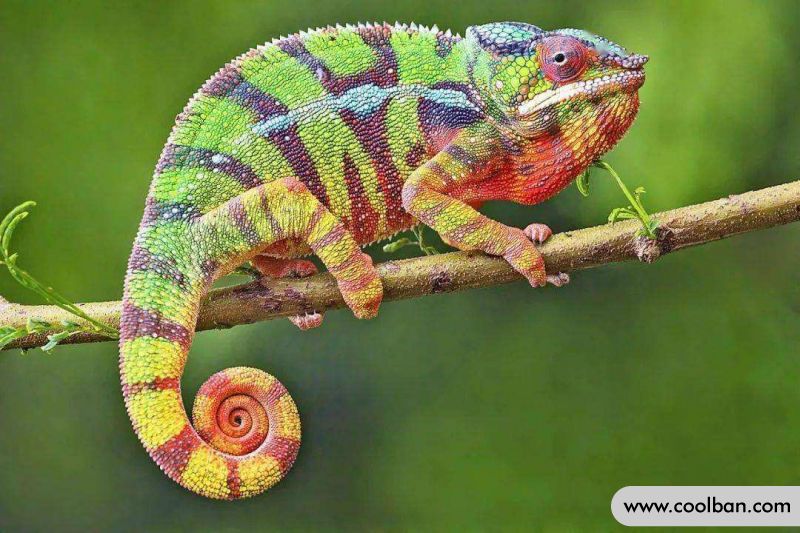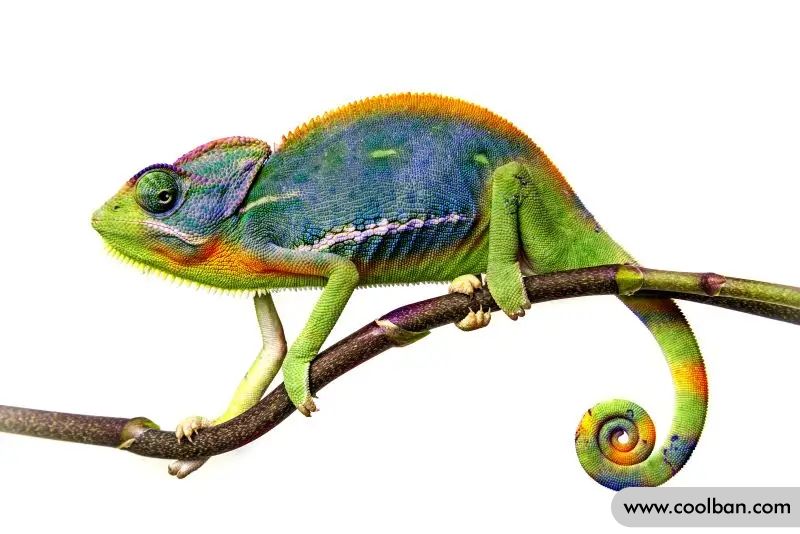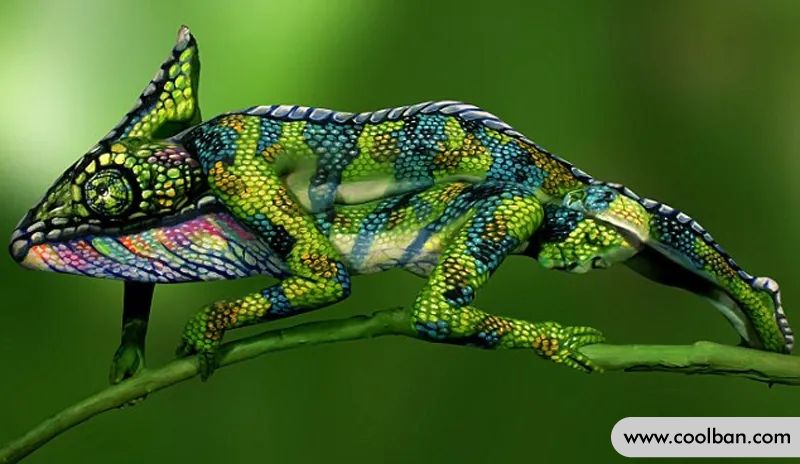Why do chameleons change color
Even if you've never owned a chameleon, you must have heard of the chameleon's ability to change colors. We all know that chameleons change color mainly for self-protection, so what are the physiological characteristics of chameleons changing colors? Did you know that chameleons sometimes have colors that represent their emotions?
The reason why the chameleon changes color
The color change of a chameleon depends on three layers of pigment cells in the skin. Unlike other reptiles, chameleons' ability to change body color is entirely dependent on pigment cells on the surface of the skin, which are filled with pigments of different colors.
The "principle of changing color" of the chameleon: The skin of the chameleon has three layers of pigment cells, the deepest layer is composed of melanocytes, and the melanocytes carry the melanocyte layer that can interact with the previous ones; the middle layer is composed of guanine cells, mainly Regulates dark blue pigment; outermost cells are predominantly yellow and red pigments. The chameleon is "based on a neuromodulation mechanism. Under the stimulation of nerves, the pigment cells will fuse and switch between layers to achieve various changes in the color of the chameleon's body."

Knowledge of chameleons
1. Chameleons change body color to communicate
Chameleons change color more for communication than just camouflage. Chameleons communicate with each other by turning green, blue, yellow, red, brown, white or black. Contrary to popular belief, chameleons don't simply change color based on their surroundings, but use body color to express their emotions and attitudes, such as their willingness to mate.
2. The chameleon's color changes based on temperature and mood
Chameleons change their skin color based on temperature, mood and UV light, and these changes play an important role in predicting how socially active they will be. Orange markings turn brown or black when female leopard chameleons are pregnant with offspring or want to tell males that they don't want to mate. They will tell each other directly what they mean by body color.

3. The outer skin is transparent
Chameleons have a transparent outer skin and three layers of skin, each with different cells that contain pigments called chromatophores, which allow them to change body color. The first layer contains red and yellow pigments, called xanthogenins; the second layer controls the blue color through the jellyfish; and the third layer contains melanocytes, which contain the pigment melanin.
4. A chameleon may turn bright yellow when angry
A chameleon's epidermal cells expand and contract in response to changes in outside light and temperature, as well as chemical reactions in the body. For example, an angry chameleon might turn bright yellow because when it gets angry, the yellow cells expand, blocking the reflection of blue light below.
5. The chameleon's tail will continue to fall off
The chameleon's tail is constantly shedding skin. A chameleon's skin doesn't grow, so it must molt frequently. Baby chameleons change their skin every few weeks, and adult chameleons about every 4 months.

Chameleons are considered to be almost deaf because they have no outer, middle and true facial expressions, and they communicate primarily by swinging their bodies over long distances. In addition, when chameleons interact face-to-face, they can also judge each other's emotions by knowing their skin color. For example, yellow means "Go away! I'm annoying". We just find the chameleon's ability to change color to be amazing, something we might not associate with expressing emotions.
In fact, the ability of chameleons to change colors also supports the theory of natural selection. The color-changing property not only helps chameleons hunt, but also gives them a good defense.
